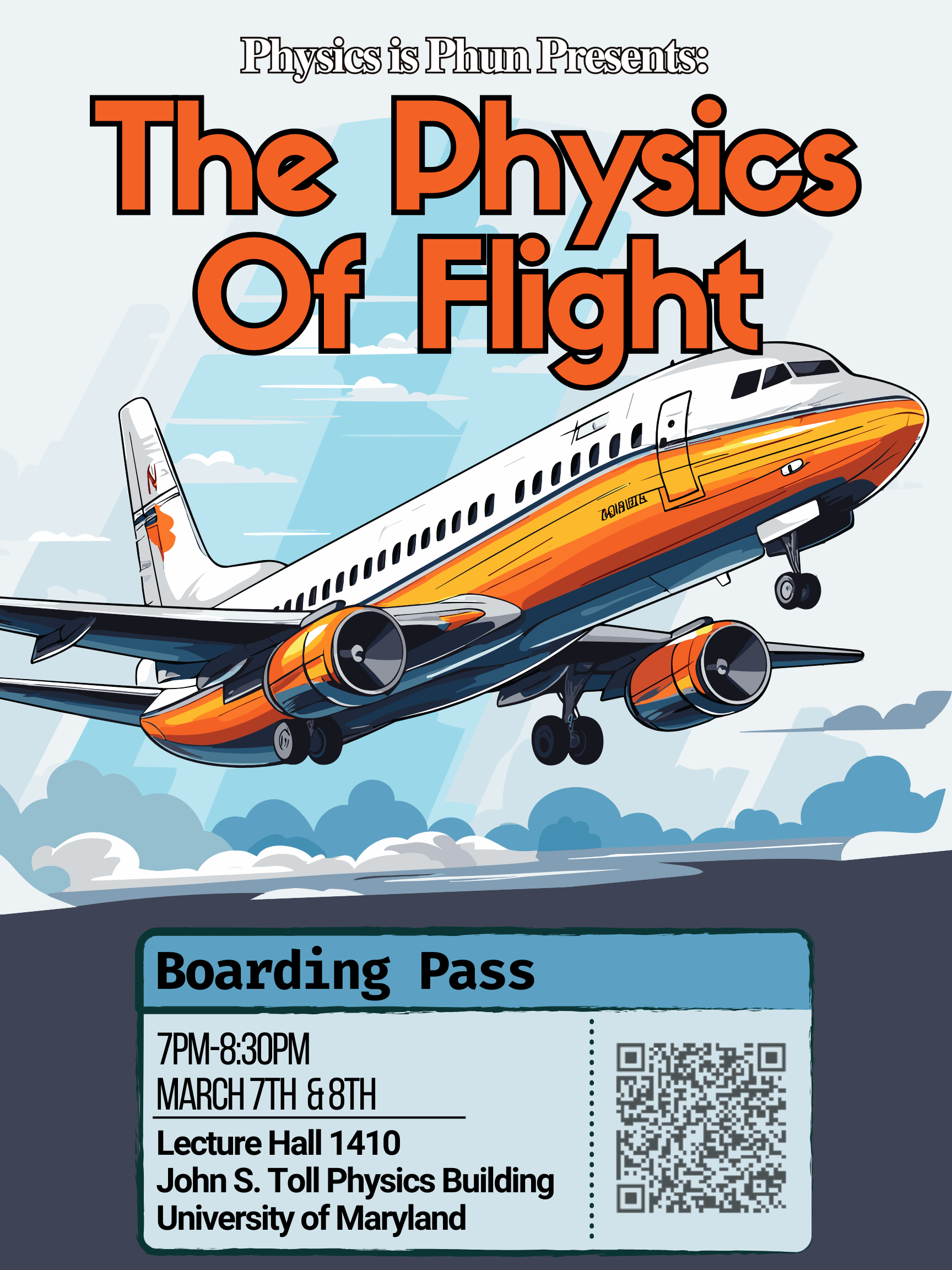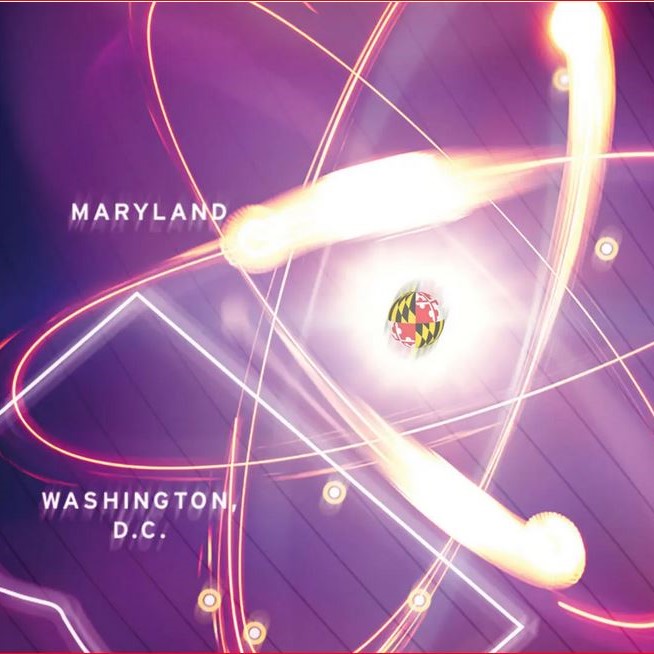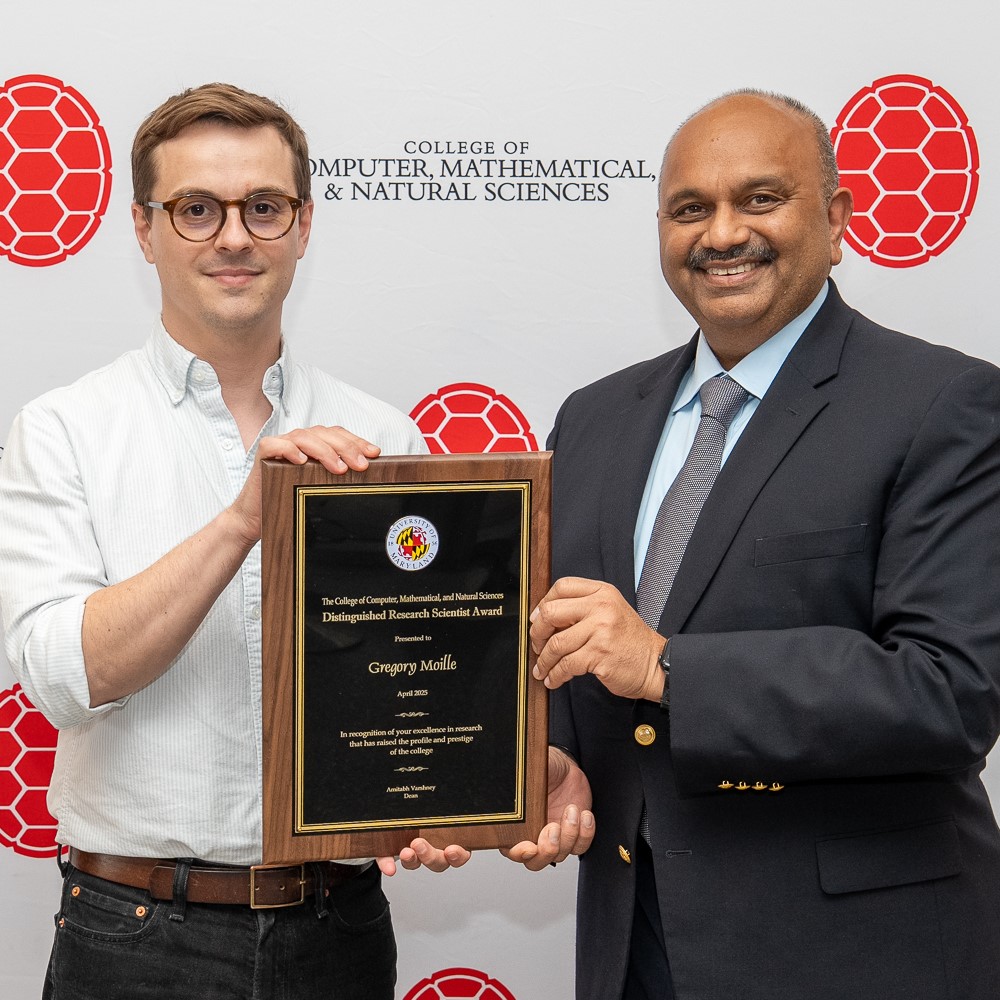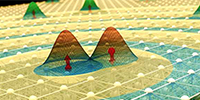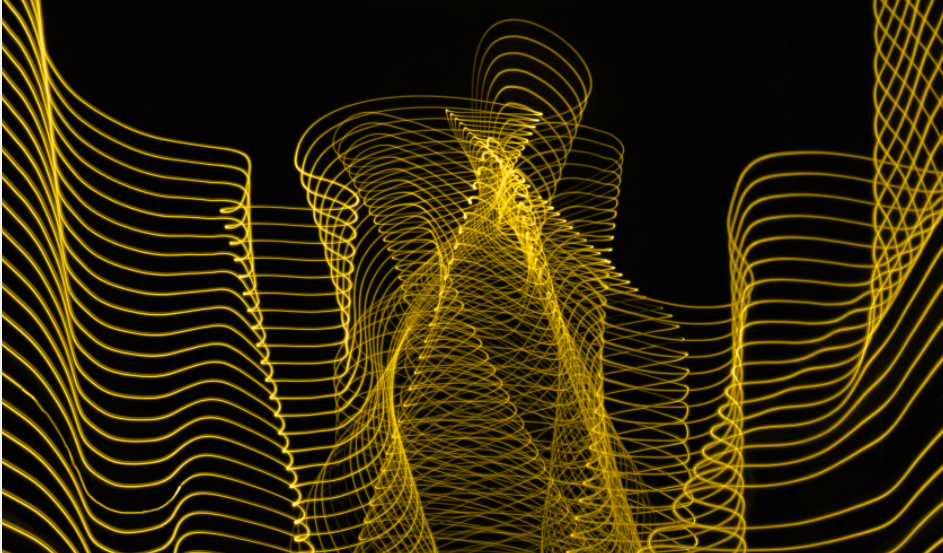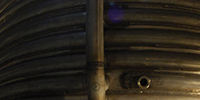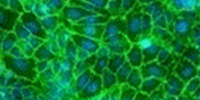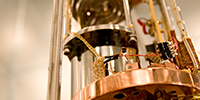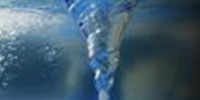How symmetric is the electron? Looking for out-of-roundness of 10^-15 Femtometers
- Details
-
Created: Tuesday, March 29 2011 09:48
-
Last Updated: Monday, April 04 2011 10:22
-
Written by Carole Kiger
-
Hits: 12646
Eric Cornell, NIST
April 5, 2011
The electron's electric dipole moment (eEDM) will be sensitive to particle physics beyond the standard model. We make use of the extreme electric fields found within a molecular bond to pursue an experiment to set a new limit on eEDM at a level that should severely constrain supersymmetric models.
-------------------------------------------------------------------------------------------------------------------------------------------------------------------------------------------------
Colloquia are held Tuesdays in Room 1410 at 4:00 pm (preceded by light refreshments at 3:30). If you have additional questions, please call 301-405-5946.
Our Changing View of the TeV Sky
- Details
-
Created: Tuesday, March 29 2011 09:48
-
Last Updated: Friday, April 15 2011 16:37
-
Written by Carole Kiger
-
Hits: 4166
Jordan Goodman, University of Maryland
April 26, 2011
The advent of ground-based atmospheric and water Cherenkov gamma-ray detectors, as well as, the Compton and Fermi satellites has revolutionized our view of the TeV sky. Twenty years ago there was only one known TeV gamma-ray source, the Crab. Today there are well over 100 detected sources - steady and variable, point-like and diffuse. We have also made great strides studying Gamma Ray Bursts, the most energetic processes in the Universe. Most recently, we have even discovered that charged TeV cosmic rays have unexpected anisotropies in their arrival directions suggesting the existence of local cosmic ray sources. The next generation detectors, CTA, HAWC and, IceCube will undoubtedly give us a better understanding of these exciting phenomena and almost certainly reveal more surprises. In this talk, I will review some of these results and show results from the Milagro gamma ray observatory. In addition, I describe our next generation HAWC observatory currently under construction at high-altitude in Mexico.
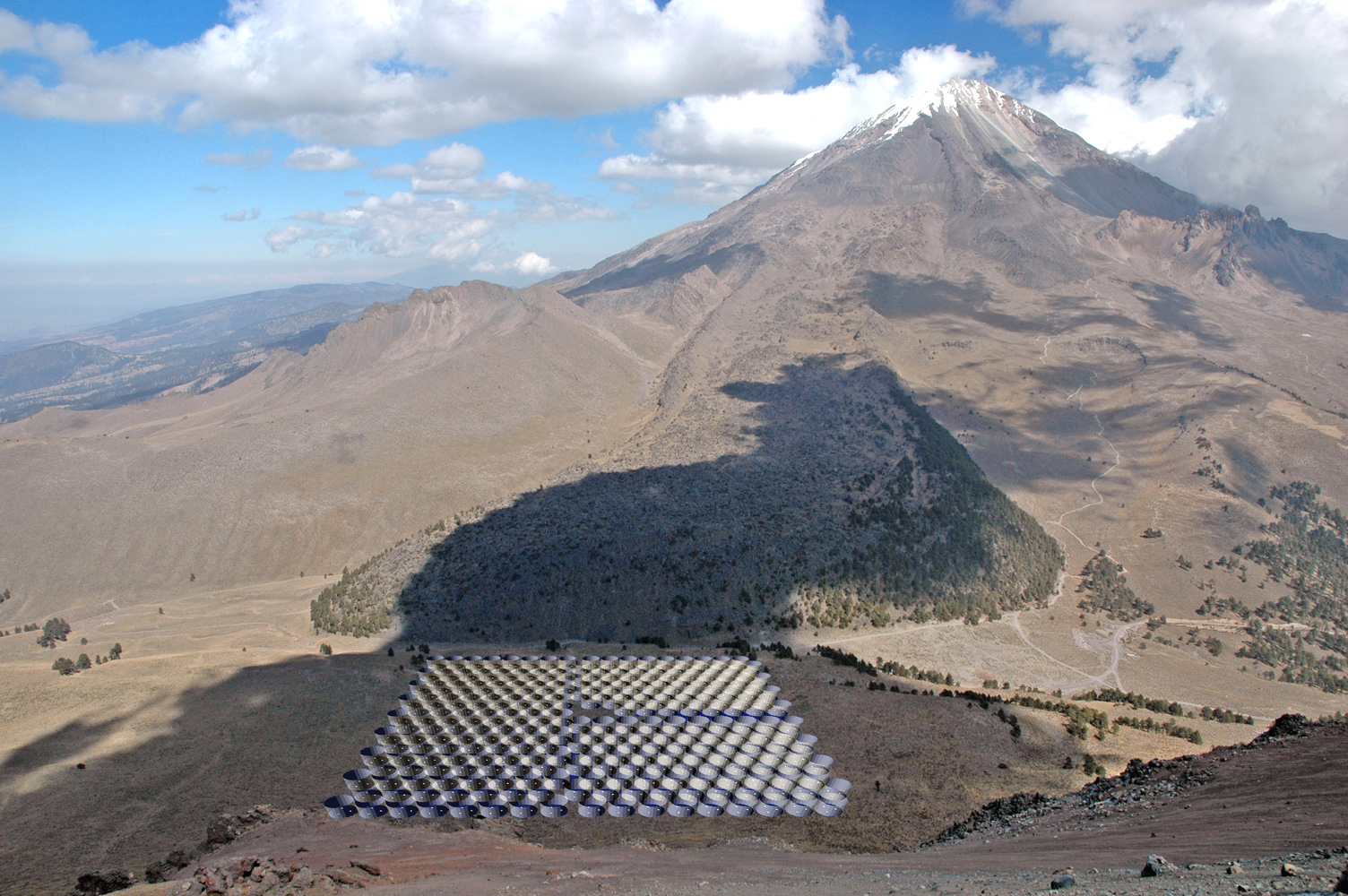
The High Altitude Water Cherenkov (HAWC) Observatory
-------------------------------------------------------------------------------------------------------------------------------------------------------------------------------------------------
Colloquia are held Tuesdays in Room 1410 at 4:00 pm (preceded by light refreshments at 3:30). If you have additional questions, please call 301-405-5946.








